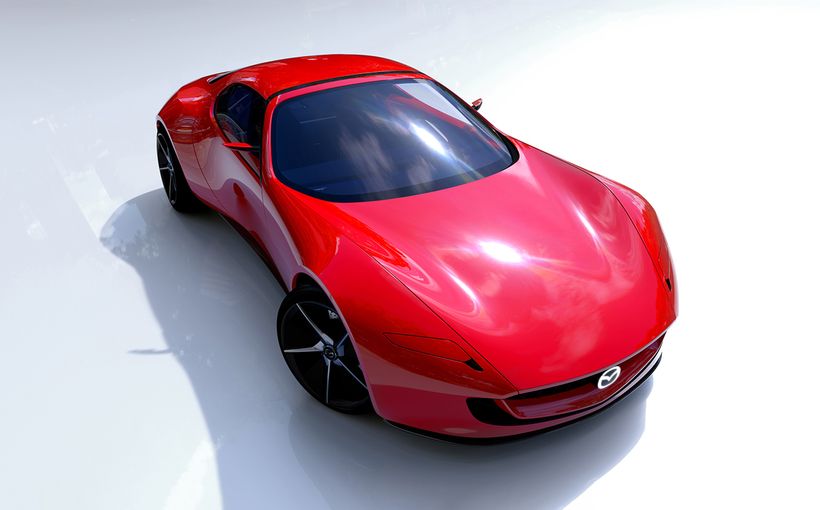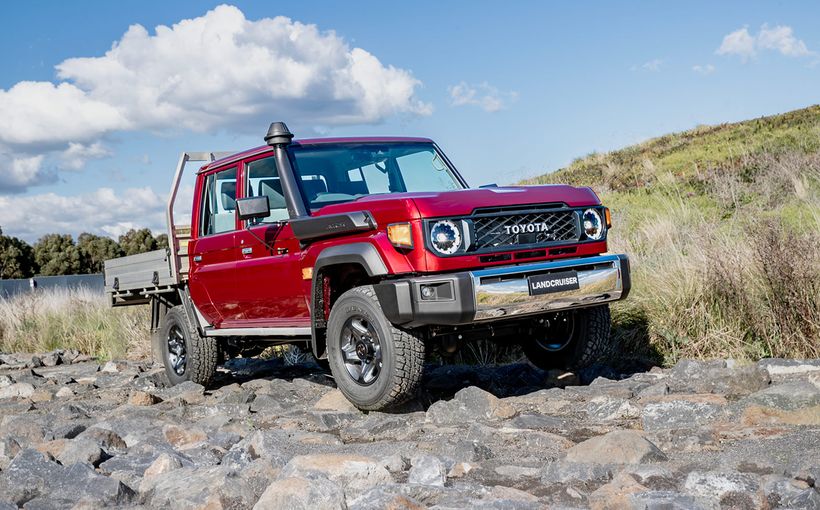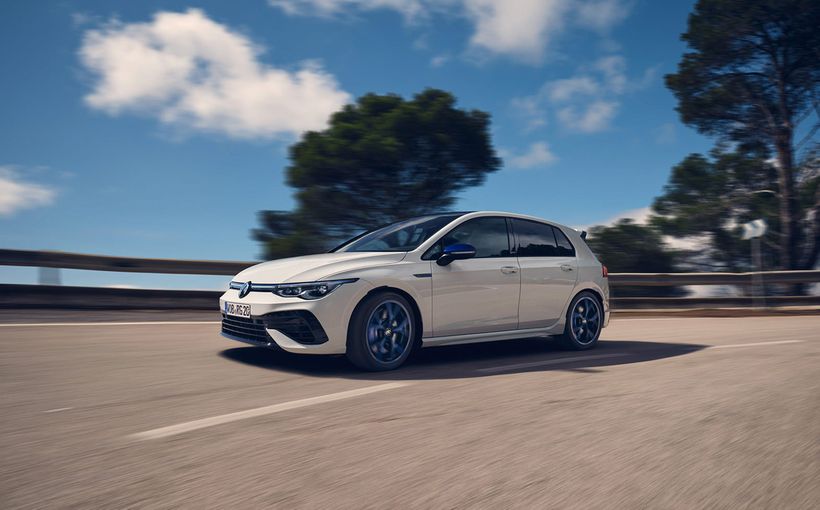LEXUS’ sedan flagship has been to the gym, as the recently unveiled images of the LS F Sport series prove.
Due in Australia early next year, the toned and tuned up answer to the Audi A8, BMW 7 Series, Jaguar XJ and Mercedes-Benz S-Class scores a bit more attitude, as the F Sport line-up suggests.
But is this enough to shake off an ultra conservative image garnered over three decades and four generations?

Let’s consider the facts. Rolled out at April’s New York International Auto Show as the third iteration of the all-new Japanese limousine (after the standard LS version in January and the inevitable hybrid surfaced at the Geneva show two months later), the F Sport gains a more striking grille treatment, black rocker panels and boot mouldings, two bright paint colours (‘White Nova’ and ‘Heat Blue’) and a serious set of 20-inch alloys wearing 245/45 front and 275/40 rear rubber.
Instrument dials nicked from the imposing Lexus LFA supercar coupe, unique body-hugging front seat with suede-style trim contrasted with a perforated pattern, and aluminium pedals also set a more athletic ambience, bolstered by an available scarlet interior finish for those who want even more flash for their cash.
However, the F Sport doesn’t bring any more performance compared to the regular LS versions, though as an entire model range, the next-gen Lexus flagship isn’t exactly left wanting.

Ousting the naturally aspirated and hybrid V8s as found in the outgoing series, the 3456cc 3.5-litre 24-valve dual-VVT-i twin-turbocharged V6 produces 310kW of power and 600Nm of torque – a rise of 25kW and 107Nm respectively over the previous 4.6-litre V8. Mated to a conventional 10-speed automatic, the LS500 sprints to 100km/h from standstill in a very impressive 4.5 seconds.
Aiding that performance is the all-new transmission’s selectable driving modes, which feature Normal, Sport S or Sport S+ settings according to how eager the person behind the wheel is in getting on with it.
In true Lexus style, the F Sport (like all LS’) is also available in LS500h Hybrid guise, pairing the same 3.5-liter V6 (but minus the turbos to offer 220kW and 350Nm) with twin electric motors and a 310-volt lithium-ion battery pack. Driving the rear wheels via Continuously Variable Transmission (CVT), the combined output is 264kW and 350Nm.

This is clearly a move to improve the fuel efficiency as well as driveability over the old LS600h, since that employed a 5.0-litre V8 hybrid system to pump out a heady 290kW/520Nm. Furthermore, the CVT allows for high-speed cruising at lower engine revs, and that the green LS is capable of running at up to 140km/h with the petrol engine shut off.
Result? While the brand has not posted environmental figures as yet, the closely related LC500h coupe that lands in Australia in June averages around 6.4 litres per 100km and 145g/km of CO2 emissions. If the heavier and larger five-seater limo can approach such parsimony (and the old LS600h used averaged around 2.0L/100km more fuel in the official Australian figures) then that would be quite an achievement, especially consider how hot-to-trot this luxo eco warrior can be.
The newly minted LS500h needs 5.4 seconds to hit the metric tonne, aided by a four-stage shifting function for the CVT that can mimic the driving experience of a ten-speed transmission. That’s still a 0.3s reduction over the LS600h, so there’s real progress made here.

Still on the hybrid system, switching from nickel-metal hydride batteries to the 20 per cent smaller lithium-ion pack results in a 25-litre larger boot compared to the current car, as well as reduced weight and a higher power density.
A key option is the Lexus Dynamic Handling (LDH) system, which introduces active four-wheel steering technology for improved handling and roadholding responses, while on the comfort front there is a sport-tuned air suspension set-up that infuses the F Sport with suppleness as well as agile cornering capabilities – or so the company says. We’ll have to wait and test the LS F Sport on Australian roads to see about that.

Also helping keep things under control are six-piston front and four-piston rear brake callipers.
The F Sport, like all of the next-gen LS’, will be produced in long-wheelbase form only, and differs from its predecessors with a lower coupe-like silhouette featuring six flush-fitting side windows – a Lexus first.
Some 85mm longer at just over 5.2 metres, the LS’ wheelbase has also been stretched (to the tune of 33mm over the previous extended version) to the benefit of cabin space, while width has increased by 25mm to 1900mm.

One of the key selling points for this model is the newly adopted Japanese Omotenashi philosophy of hospitality to “instil the new LS cabin with luxury that welcomes and envelops the occupants while treating the driver like a partner”.
To that end, there’s available 28-way electric front-seat adjustment with Shiatsu massage, heating and cooling functions front and back, an ottoman and up to 48 degrees of rear-seat recline capability. The latter can also be raised by up to 24 degrees to help rear passengers exit the vehicle, while the entire car can be raised using the key fob to help entry and egress by overcoming its new, lower-slung stance if optional air suspension is fitted.
Still on Japanese cultural influences, the LS’ ambient interior lighting is inspired by lanterns and a combination of Shimamoku wood patterns, involving precise slicing and laser cutting methods for the timber trim.

Lexus also worked hard to regain the refinement highroad, with promised optimum levels of cabin quietness through advanced noise suppression methods and an acoustically designed interior supplemented by noise cancellation tech through the audio system. Even the alloys feature a hollow rim structure said to cut tyre noise.
On the dynamic front, the LS adopts Toyota’s new-fangled GA-L ultra lightweight platform as used in the LC coupe, shedding some 90kg over the old car along the way.
The LS’ chief engineer Toshio Asahi said the new model will “become the definitive new-generation luxury car embodying Japanese tradition and culture”.

“As such, this global pinnacle must go far beyond what the world expects from a luxury car,” he said. “We set previously unheard of targets and resolutely pushed ahead towards these ambitious goals.
“The customers who are going to want to own a Lexus flagship are already surrounded by luxury on a daily basis, people who have a sharp eye for authenticity to begin with. We wouldn’t turn their heads with a conventional premium product.”
Tempted?
Byron Mathioudakis GoAuto.com.au
Protect your Lexus. Call Shannons Insurance on 13 46 46 to get a quote today









